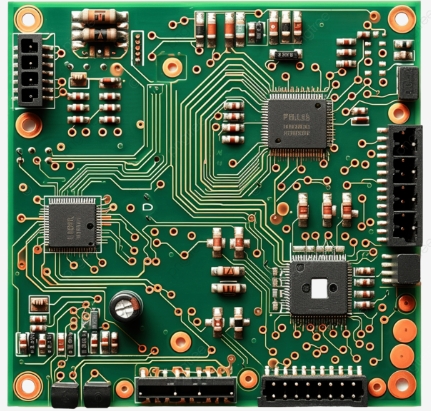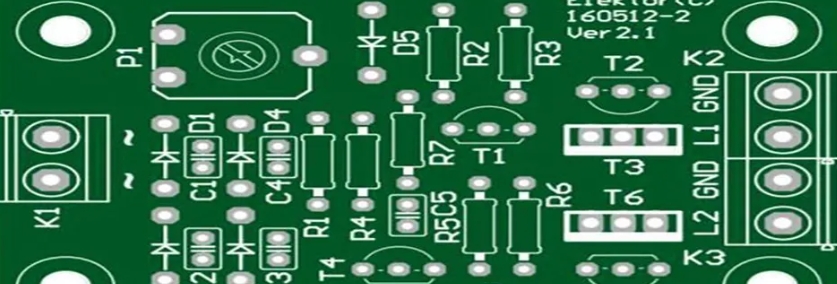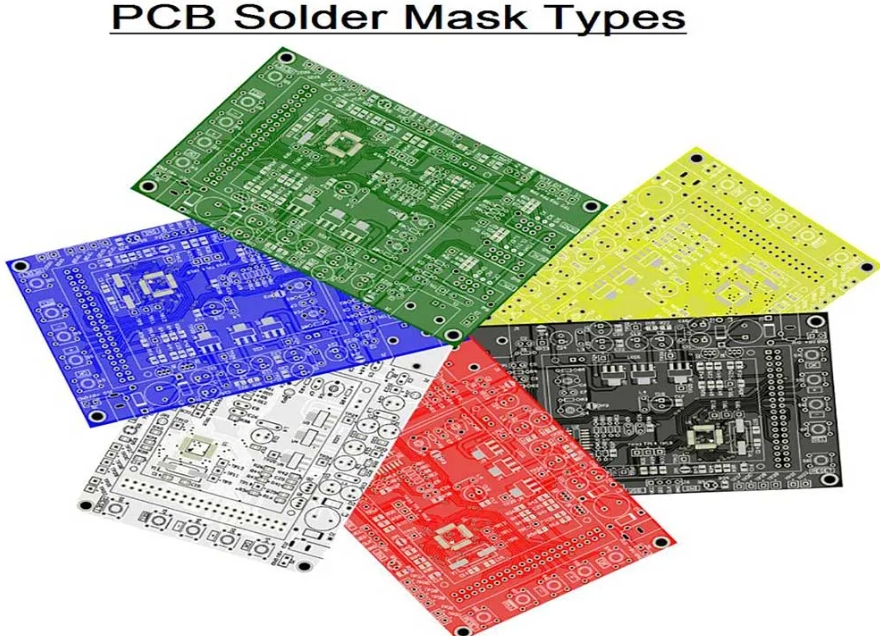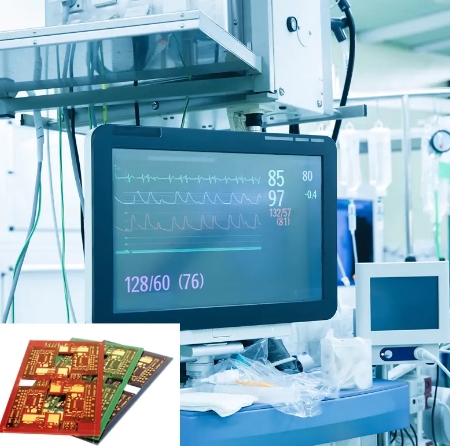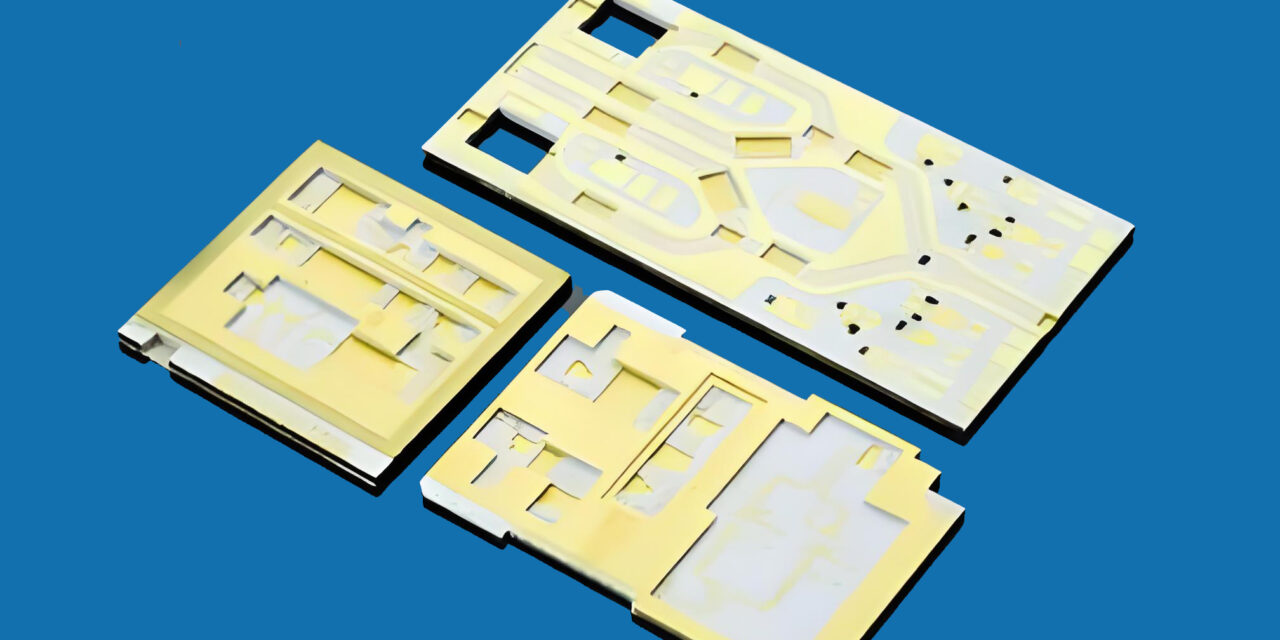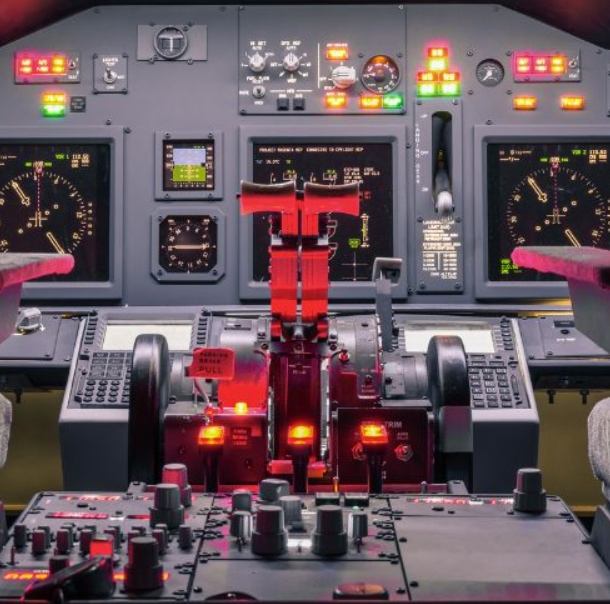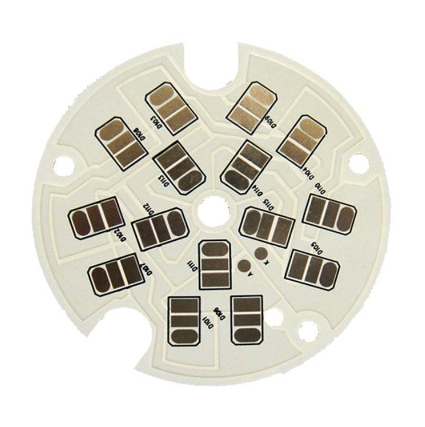An industrial PCB must remain stable under harsh conditions. Therefore, it has features that are rugged enough to withstand extreme environments. This article will help you understand how it differs from conventional circuit boards, its manufacturing requirements, and example applications in the real world. What is an industrial printed circuit board? An industrial PCB is a circuit board...
Blog
Explore the KKPCB Blog for the latest PCB manufacturing and assembly news, industry insights, expert tips, and technology trends, helping you stay informed and optimize your electronics projects.
In the automotive sector, electronics are increasingly becoming a decisive factor. This creates a dilemma for engineers. On one hand, their products must provide ever-improving performance, on the other hand, price per volume remains a key consideration. Automotive PCBAs help replace diesel injection pump chips, which include immobilizers and ZDCAN. People should choose automotive PCBAs correctly...
What is PCB Solder Mask? PCB solder mask is also known as PCB solder resist or PCB solder mask. It is a thin polymer protective layer PCB layer or coating that is applied on the copper traces to avoid initiating corrosion and oxidation processes after the PCB manufacturing process. It provides protection against many harmful factors....
Printed circuit boards (PCBs) are essential components in aerospace technology, playing a critical role in aircraft, satellites, and spacecraft. PCB assembly in aerospace requires high reliability, durability, and strict adherence to safety standards due to the extreme environmental and operating conditions encountered by aerospace systems. Understanding PCB Assembly in Aerospace PCB assembly is critical in the aerospace industry,...
The Internet of Things (IoT) refers to a network of physical devices, vehicles, appliances, and other physical objects embedded with sensors, software, and network connectivity that allow them to collect and share data. IoT devices (also called “smart objects”) range from simple “smart home” devices like smart thermostats and wearables like smart watches and RFID-enabled clothing to...
In this guide, we’ll explore the main types of ceramic substrates and the manufacturing processes that shape their unique characteristics. 1. Classification by Material 1.1. Alumina (Al₂O₃) Substrate Alumina (Al₂O₃) is the most widely used material for ceramic substrates due to its excellent combination of mechanical strength, thermal conductivity, chemical stability, and cost-efficiency. With its abundant raw...
Both the military and aerospace industries require highly advanced electronics. Aerospace and military electronics require excellent reliability, quality, and compliance standards. Military and defense printed circuit boards are often held to higher standards than those regularly published because their work is critical and subject to stringent conditions. In addition, military or aerospace PCB assembly requires the most complex and...
In today’s world, automotive PCBs play a vital role in controlling everything from the engine and airbag sensors to anti-lock brakes and GPS navigation. These circuit boards are responsible for most of the conveniences you enjoy in your car or fleet vehicles, making them indispensable in modern transportation systems. The Rise of AR Circuit Boards in Automotive...
When selecting the right substrate for your printed circuit board (PCB), understanding the key differences between aluminum PCBs and FR4 PCBs is crucial. From material properties and thermal management to cost and application suitability, this guide breaks down all the essential aspects to help you make an informed decision. Key Differences Between Aluminum and FR4 Substrates 1. Material Properties Aluminum...
The copper-clad laminate industry provides raw materials to the PCB industry. The copper-clad material is made of a flat plate by impregnating the electronic fiberglass cloth with resin adhesive, then drying, cutting and laminating them into plate material. Copper foil is applied to one or both sides and then hot-pressed. They are mainly used in...

